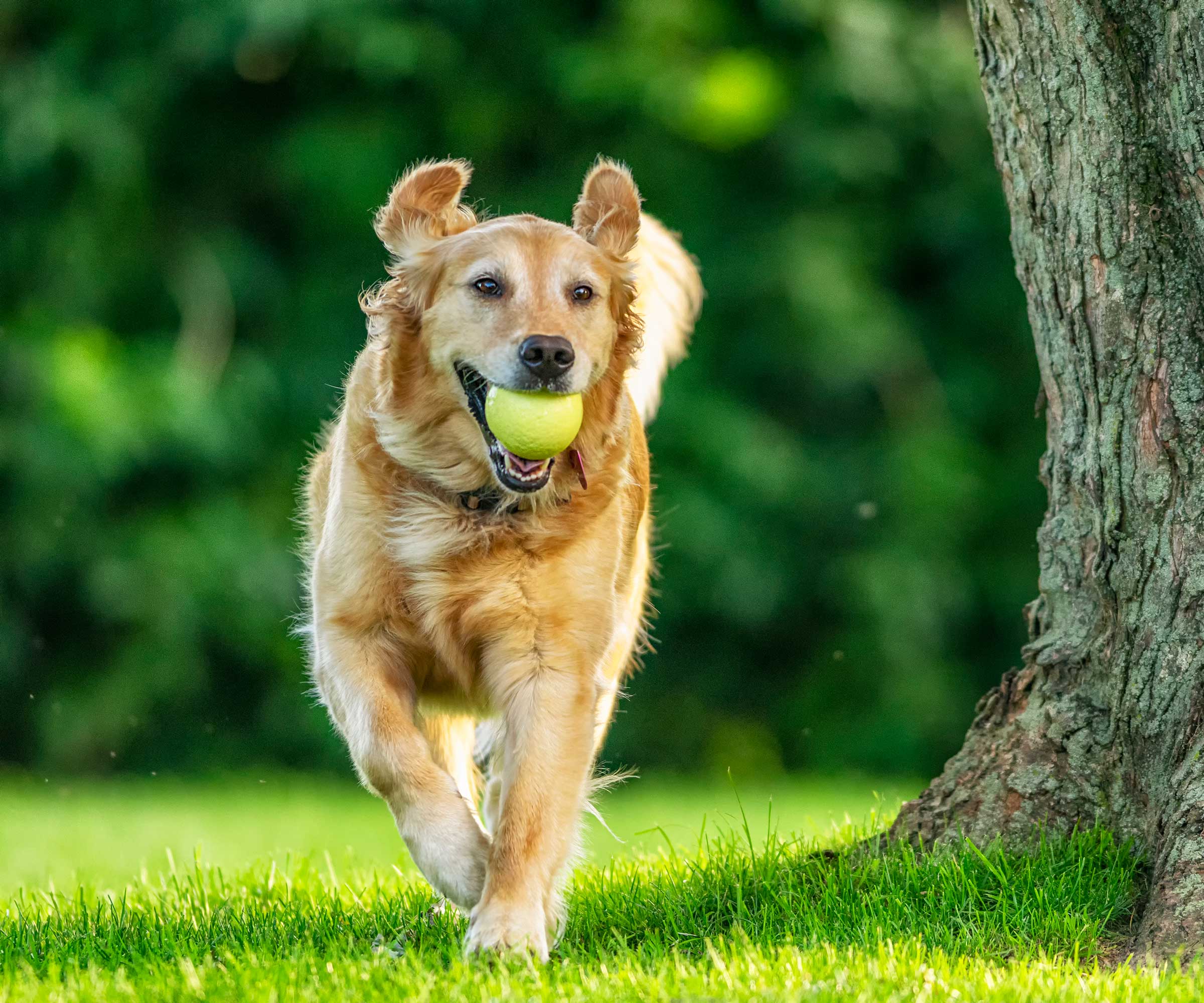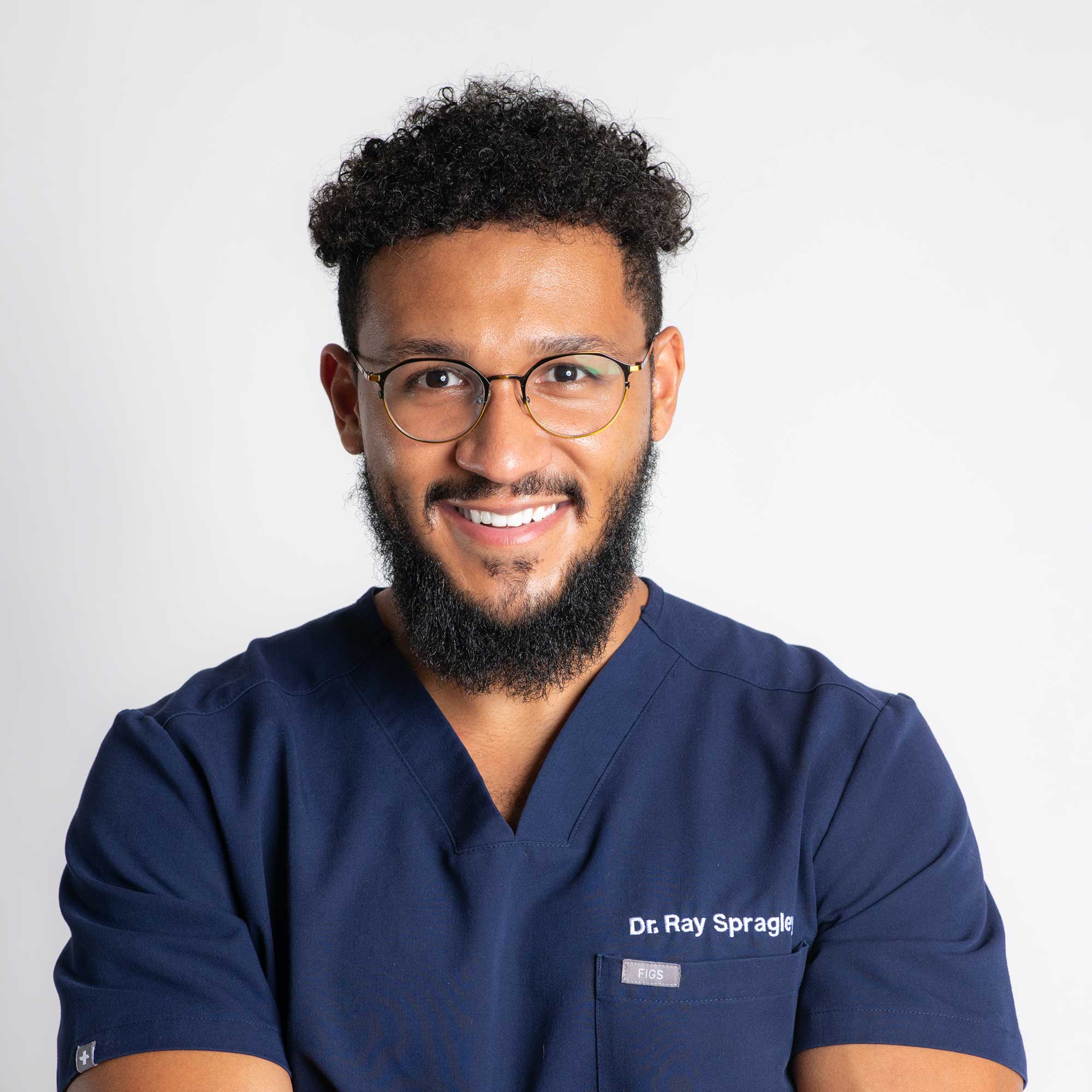Are hellebores poisonous to pets? Expert advice for keeping your furry friends safe
Hellebores are a favorite winter flower – but are they dangerous to cats and dogs? The experts discuss


Q: I would like to plant hellebores in my backyard borders for a bit of extra color this winter, but a friend warned me they’re poisonous. I don’t want to put my cat and dog in danger. Should I be worried?
A: Hellebores are fabulous winter flowers for their nodding blooms in pink, white, purple, and green. But your friend is right – they are poisonous plants for pets, causing various health concerns if ingested. So, to keep your backyard pet-friendly, it's important to know the risks and how to avoid them.

If you have pets, be mindful that hellebores can pose a health risk
The dangers of hellebores for your pets
Dr. Ray Spragley, a veterinarian, warns that the leaves, stems, and roots of hellebores are all toxic to pets.
Ingestion can lead to symptoms of hellebore poisoning. These include drooling, abdominal pain, vomiting, lethargy, diarrhea, excessive thirst, difficulty breathing, burning of the mouth, paralysis, low blood pressure, and even seizures, Ray lists. What's more, the sap from the plants can cause skin or mouth irritation to pets, he adds.
The good news is that the bitter taste of hellebores can be off-putting. As Ray points out, this makes it unlikely for a pet to ingest enough to develop severe symptoms of hellebore poisoning.
Still, it's always worth erring on the side of caution if you suspect your pet has eaten this toxic plant, by contacting your local veterinarian immediately for advice. As Dr. Sara Ochoa from Hound Games says, 'Fast action saves lives!'

Dr. Ray Spragley is the founder of Zen Dog Veterinary Care, a house-call veterinary practice that serves both New York City and Westchester pets.

Dr. Sara Ochoa is a vet contributor to Hound Games and a graduate of St. George's University with a Doctorate in Veterinary Medicine. She has been practicing Veterinary Medicine for the past five years, treating small animals and exotic animals.

Hellebores are pretty, but unfortunately, they're also poisonous
How to protect your pets from hellebore poisoning
'To play it safe, keep hellebores far from areas your pets access,' advises Sara. You may wish to put them in a container on your porch that's off-limits to your four-legged friends, or plant them behind a pet-proof fence, for instance.
Design expertise in your inbox – from inspiring decorating ideas and beautiful celebrity homes to practical gardening advice and shopping round-ups.
'Stay vigilant when the flowering perennials first emerge in late winter and early spring, when pets are most likely to sample them out of curiosity,' adds Mark James of pet-care advice website PetKeener.com. He also suggests pruning off dead leaves and flowers (which should be discarded safely).

Mark James is an avid pet lover who adores sharing tips and stories about our furry friends on popular websites, such as PetKeener.com. As the proud pet parent of two rescue pups and having grown up with all sorts of animals, he understands firsthand both the joys and challenges of pet ownership.

Keep these plants well away from your pets
FAQs
Are hellebores dangerous to humans?
Yes, hellebores are toxic to humans as well as pets, and should never be eaten. Take care when handling them too, as they can irritate the skin. A pair of gardening gloves, such as these bee-printed ones from Terrain, will help to protect your hands.
Are hellebores in a vase dangerous to pets?
'If you display the flowers inside, put them somewhere up high, beyond your fur baby's reach,' says Sara.
This goes for hellebores grown as festive indoor plants, too. Remember, all parts of the plant are poisonous, so be sure to pick up any spent flowers or leaves that may have dropped onto the floor.
When planting your winter garden, you may wish to stay clear of hellebores altogether if you have pets or little ones running around – similar to toxic spring bulbs such as snowdrops and daffodils. Camellias, which are pretty, winter-flowering shrubs, are a safer planting option for early outdoor color.

Holly started writing about gardening five years ago, and she is a regular contributor to Homes & Gardens. She has also written many gardening features for Woman & Home and Real Homes, too. She has previous experience as a professional gardener, where she helped to plant and maintain private gardens. Holly has also looked after allotment plots over the years and loves to grow her own flowers and veggies from seed. In her spare time, she enjoys visiting local gardens, botanical drawing, and tending to her ever-growing collection of houseplants.